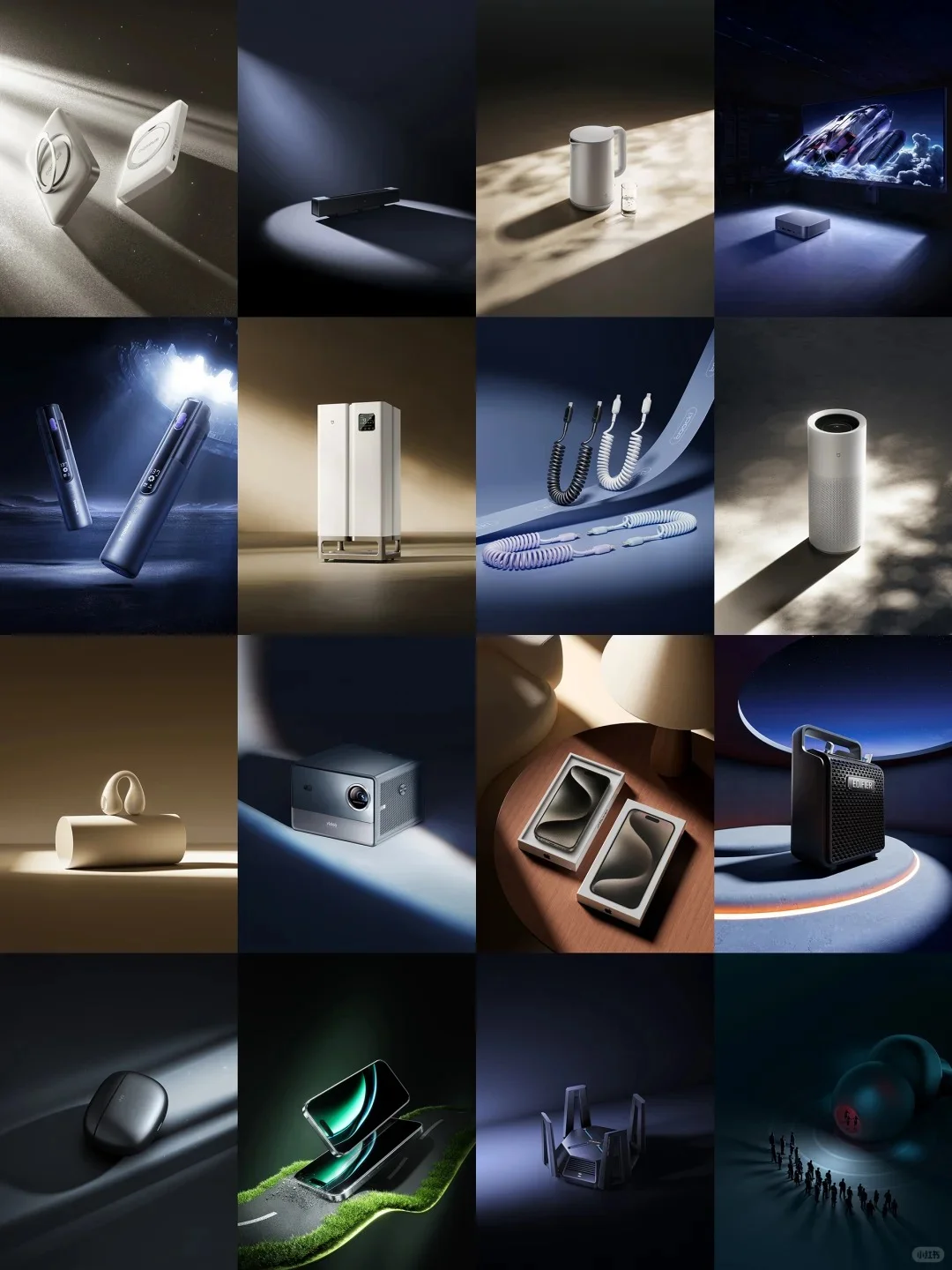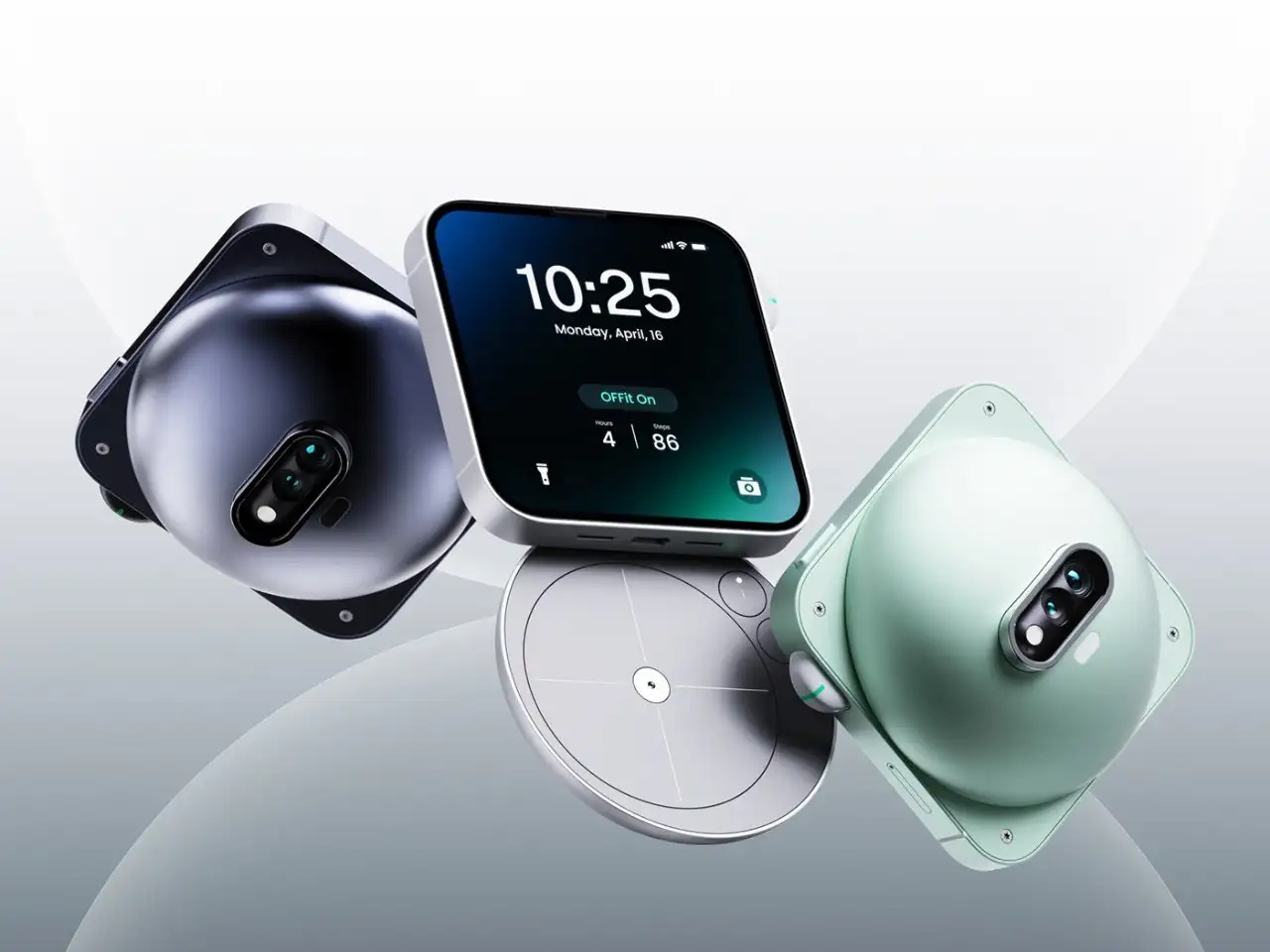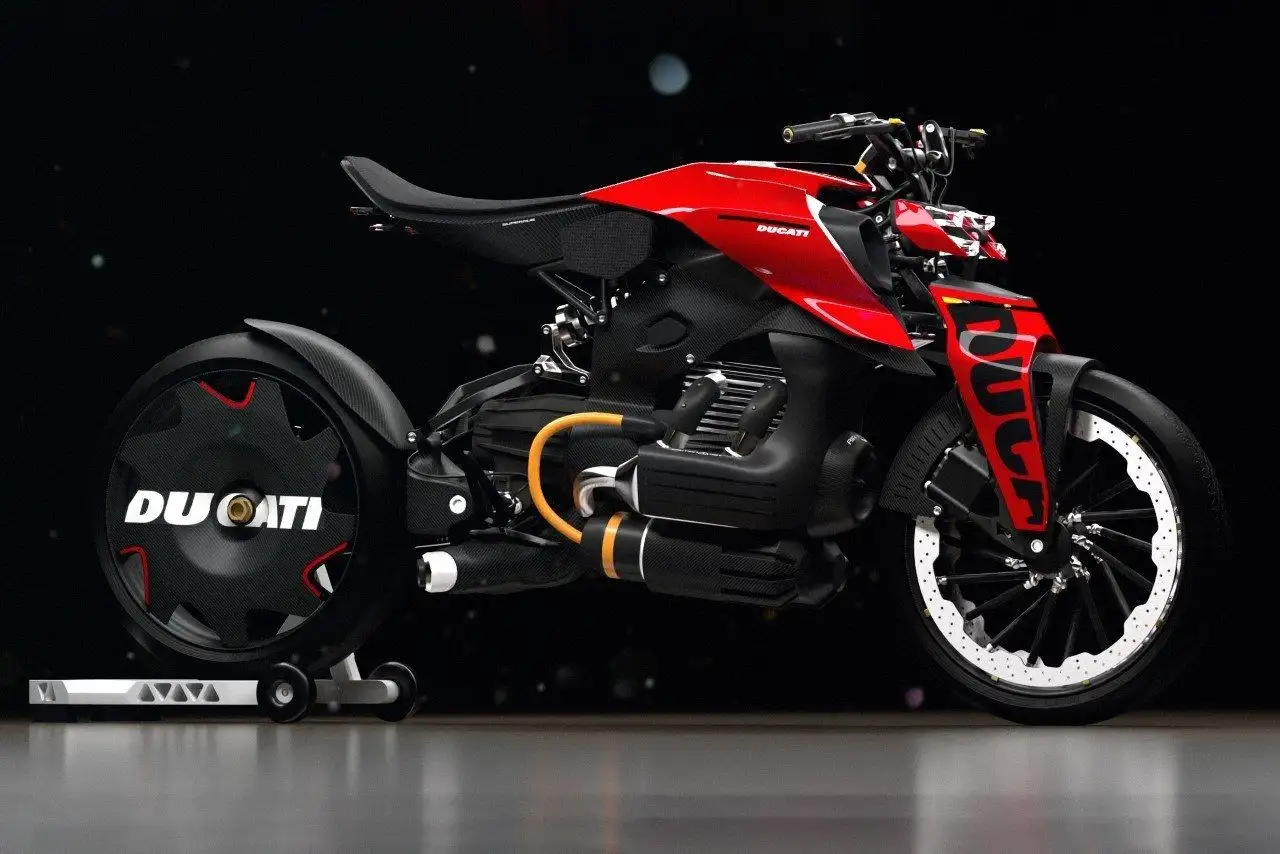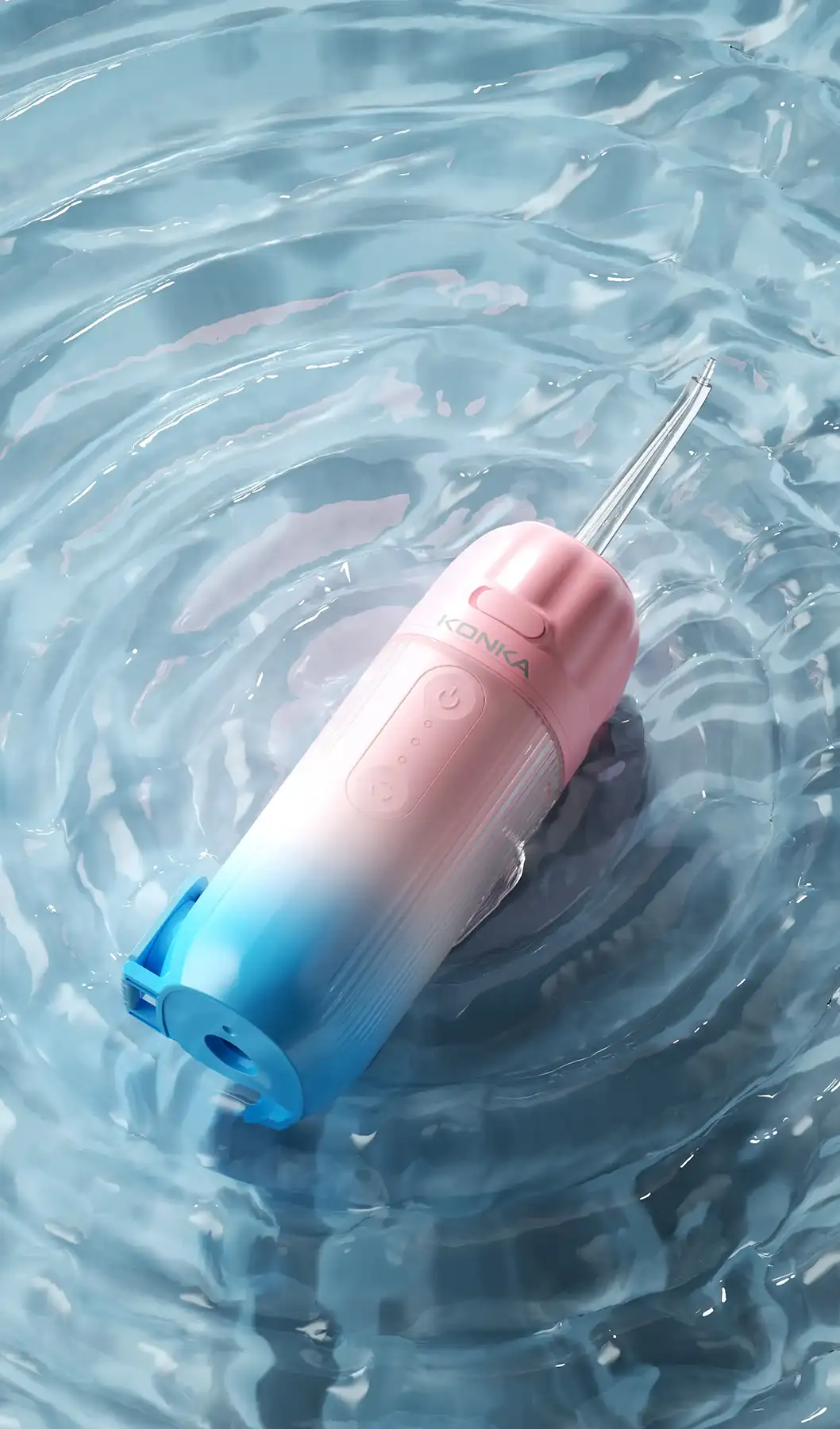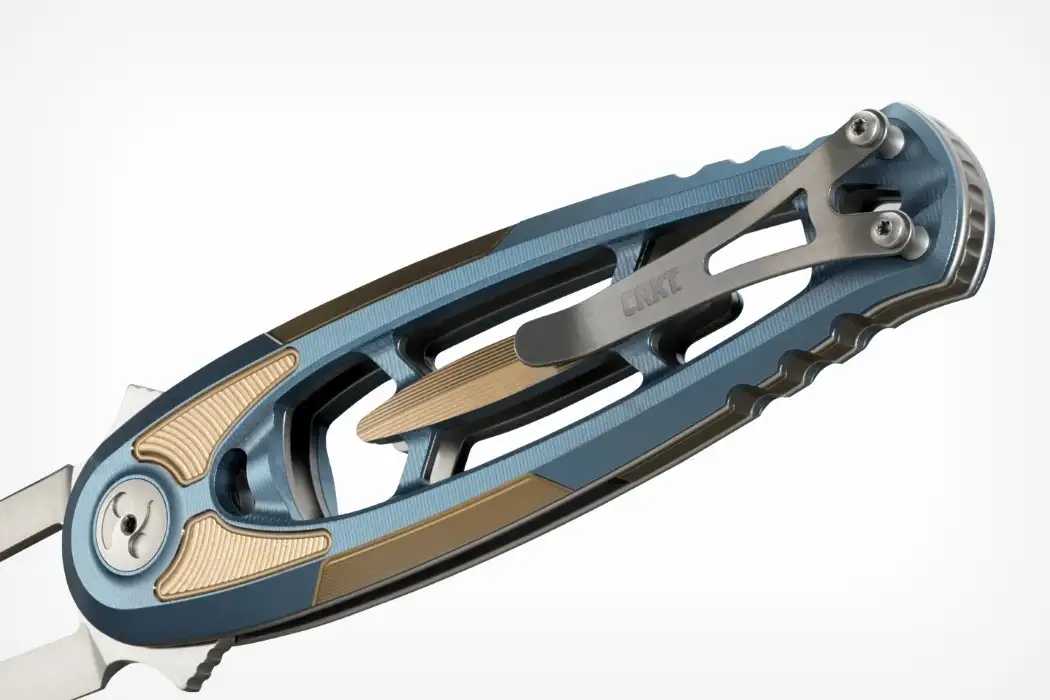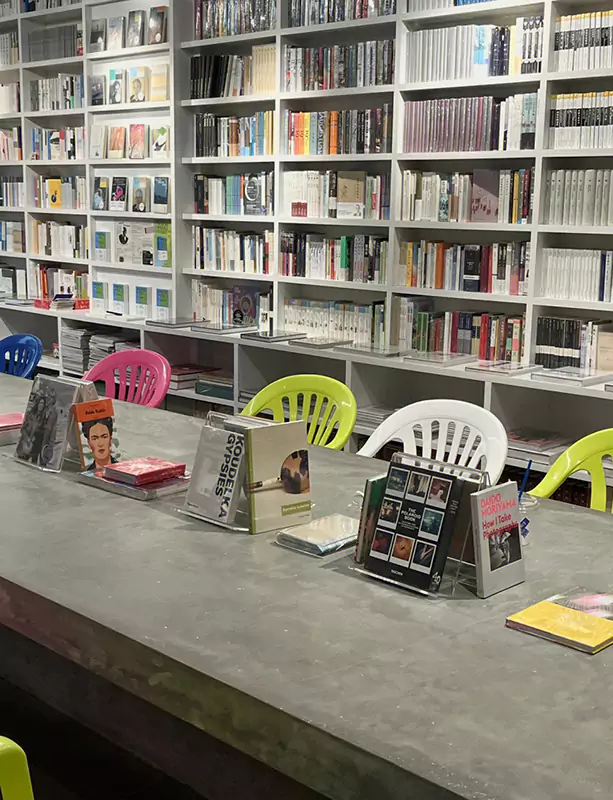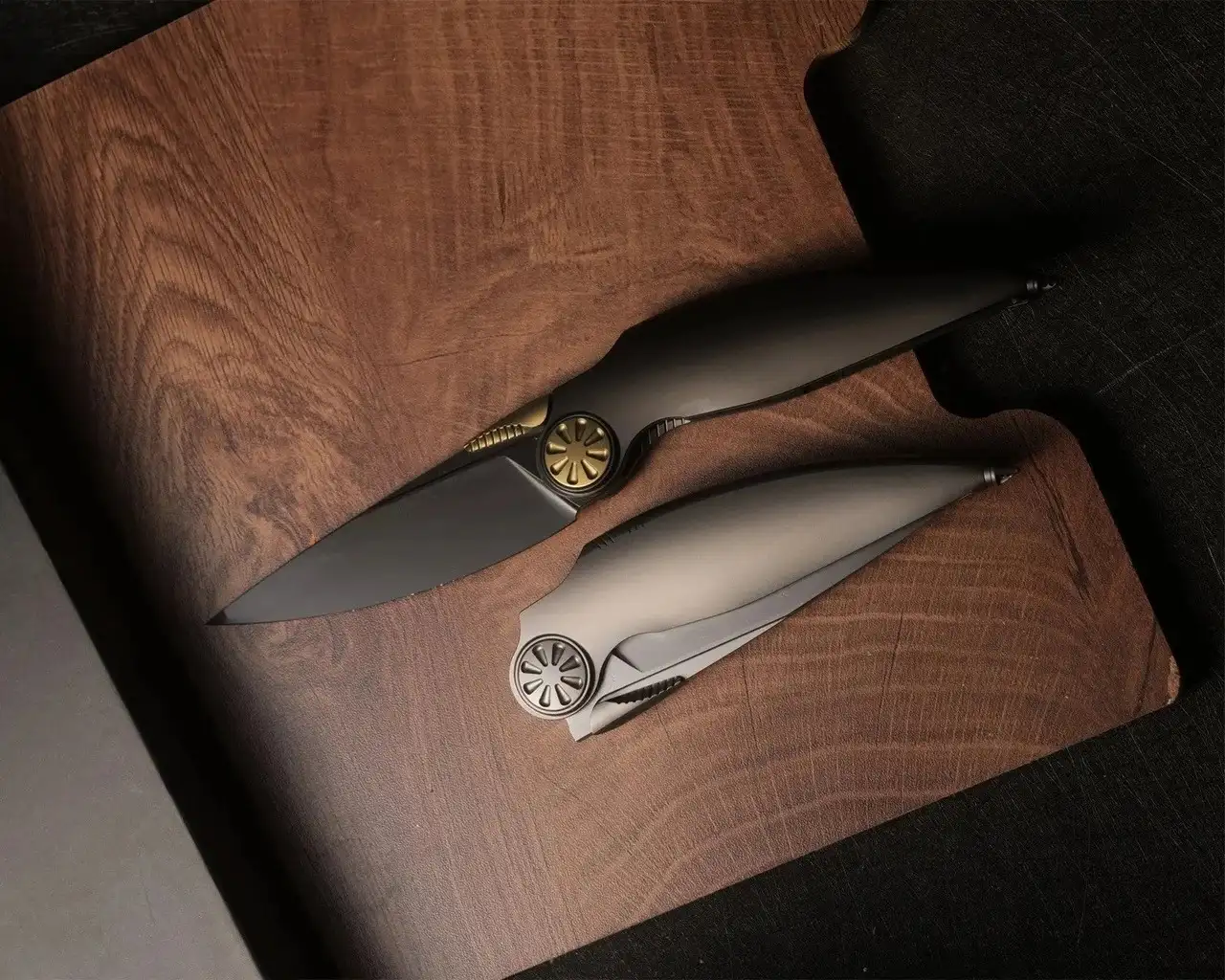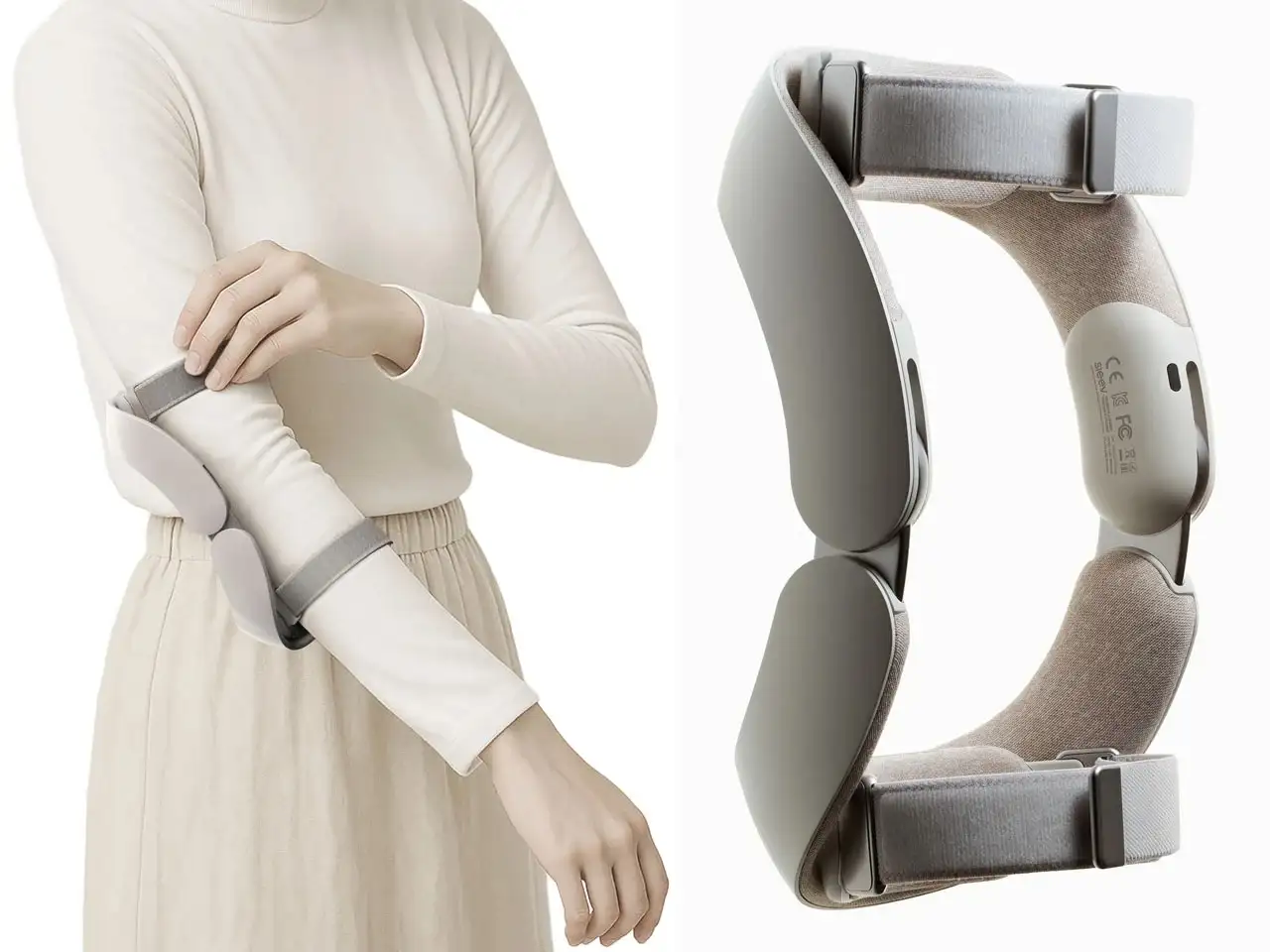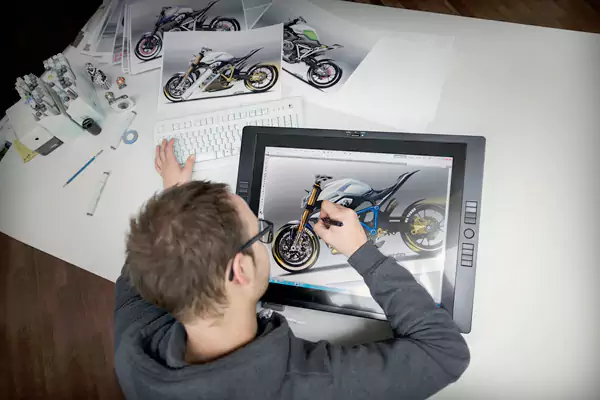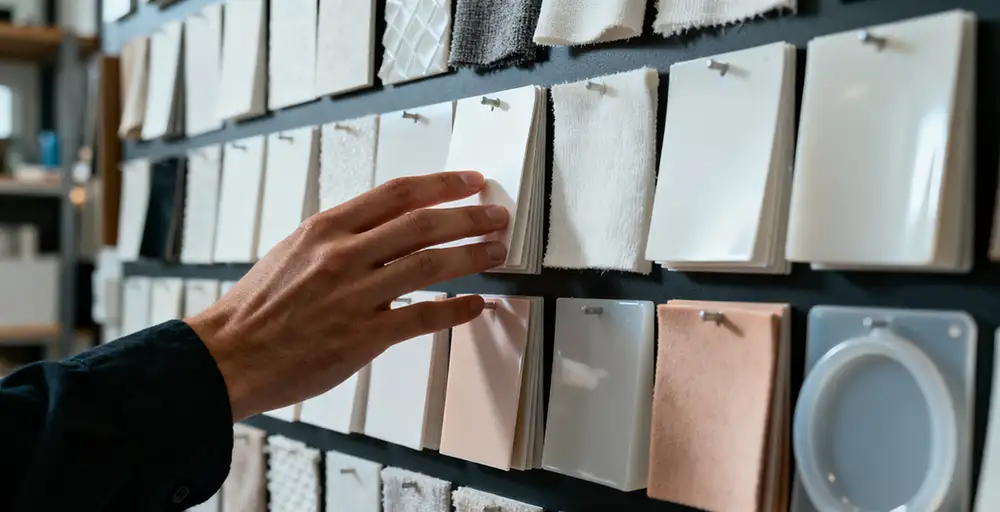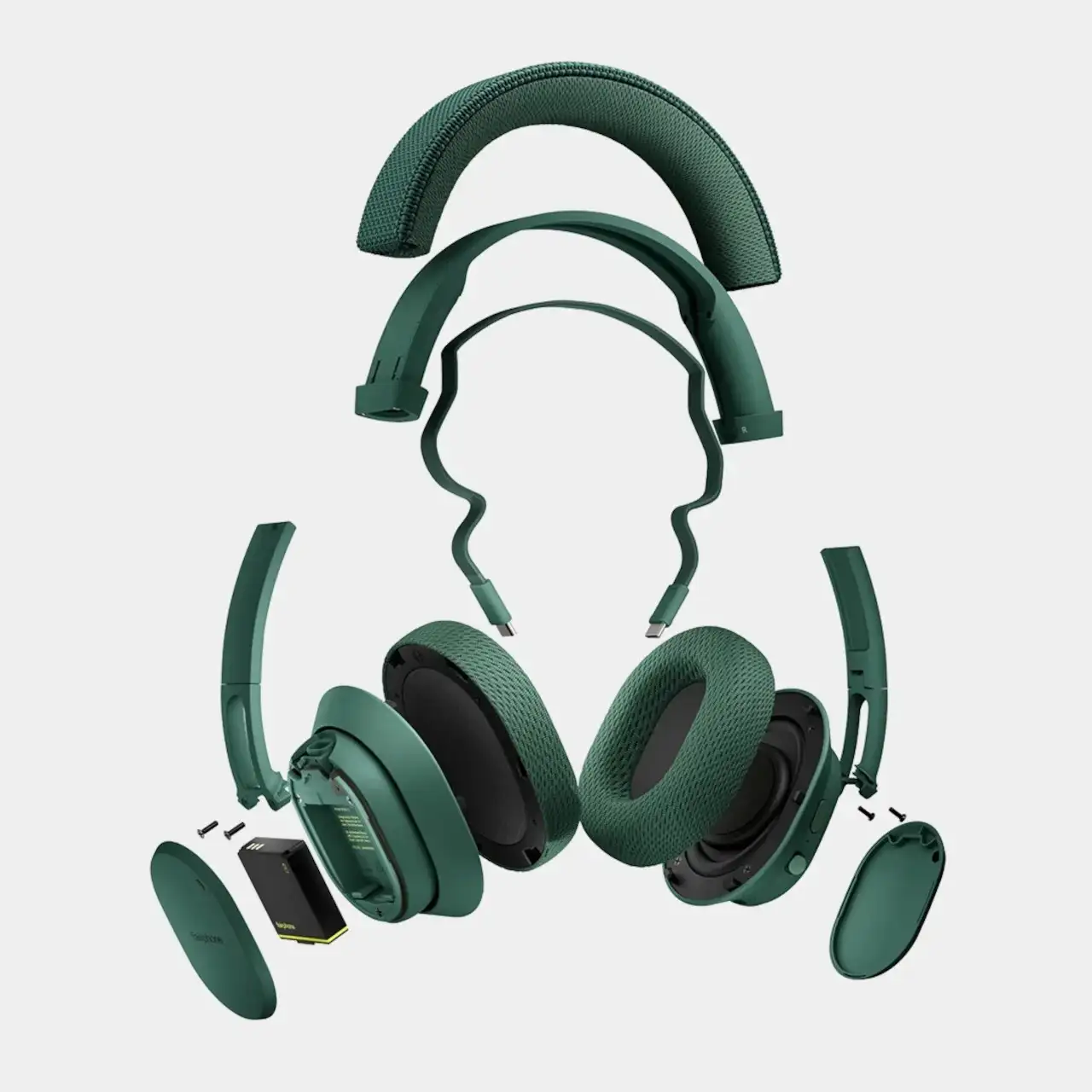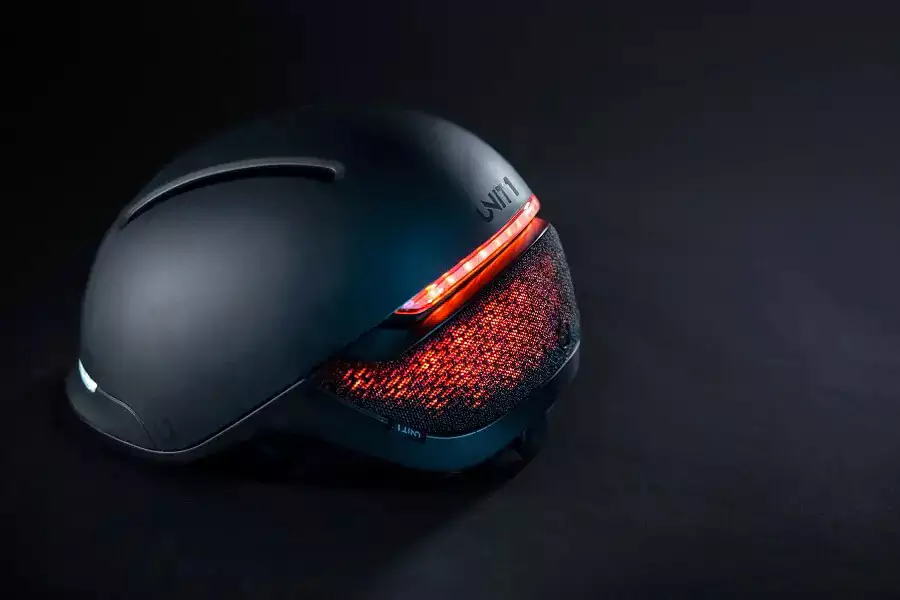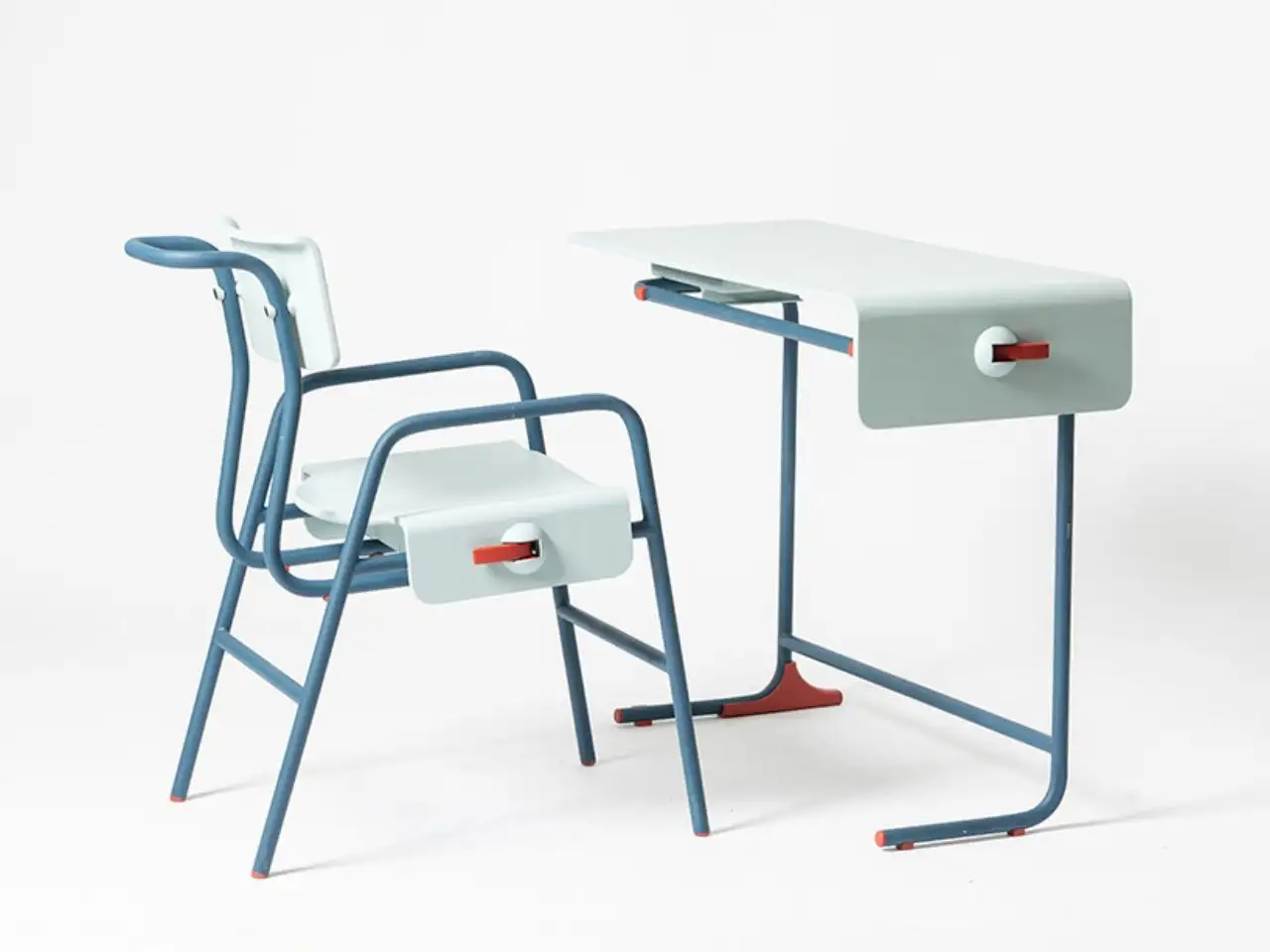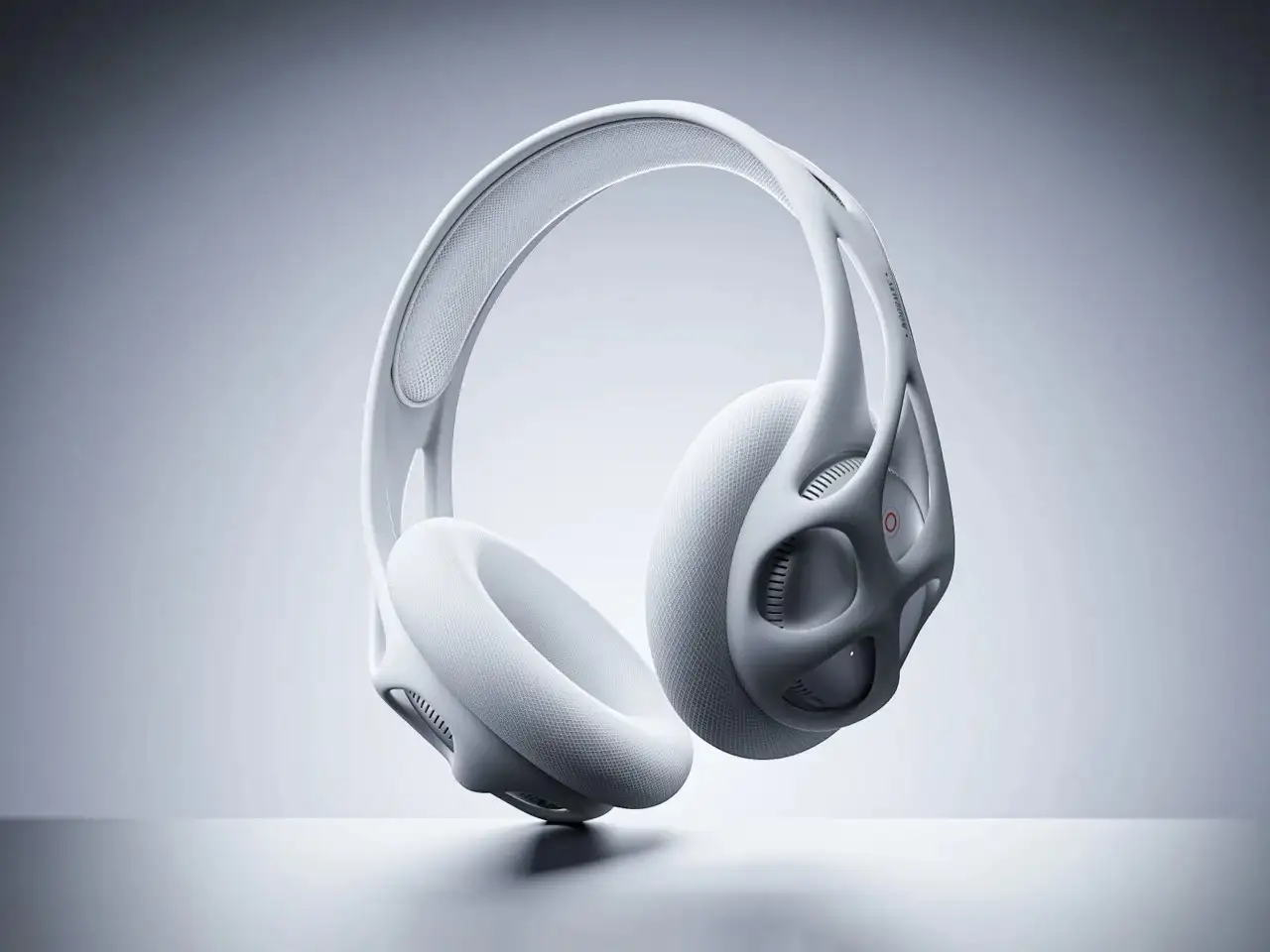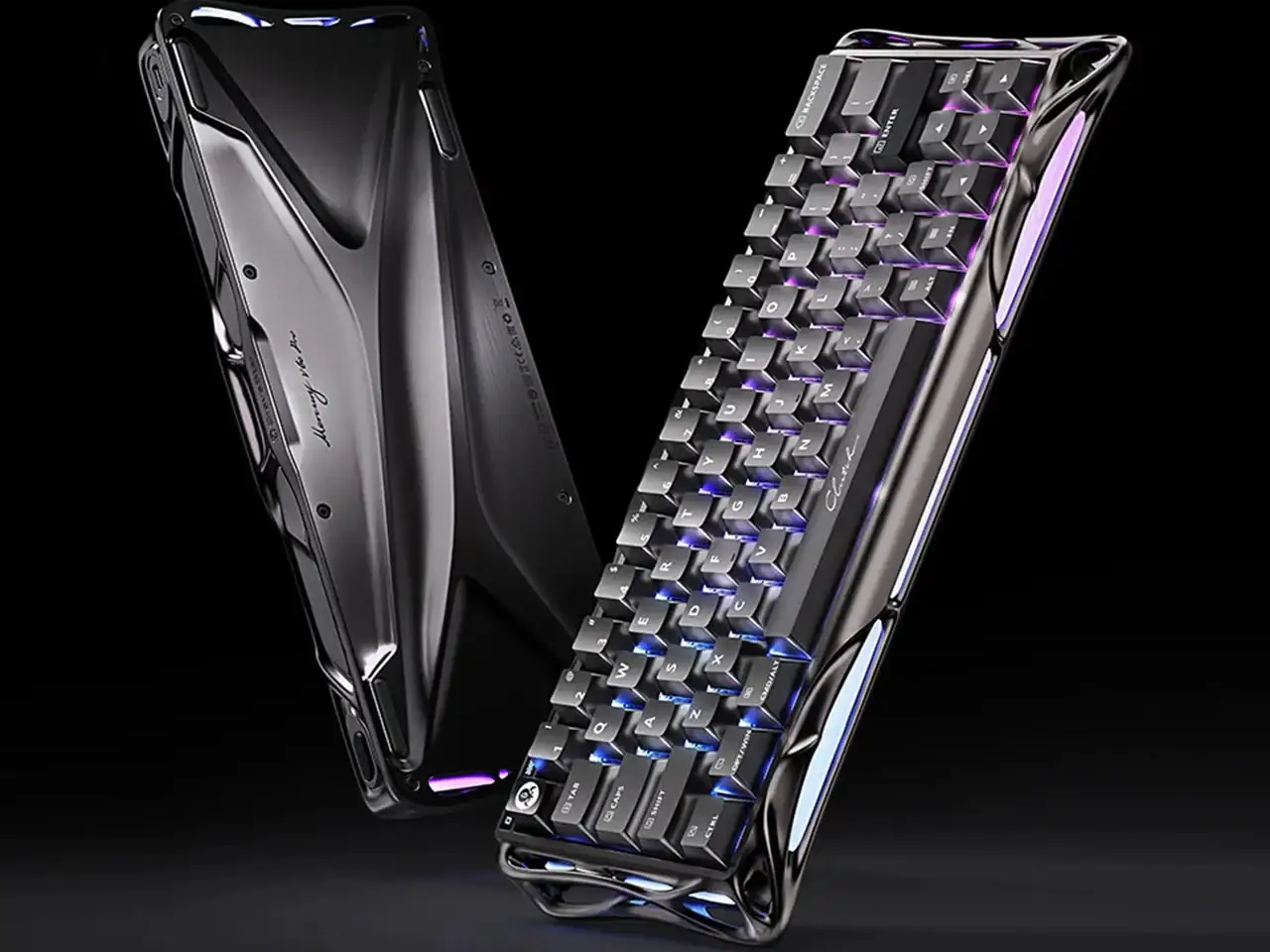NINEIDEA:工业设计专业学生在校期间的学习需要兼顾理论基础、实践技能、创新思维与行业认知的多维发展,以下是分阶段、分模块的学习建议,帮助构建系统化的能力体系:
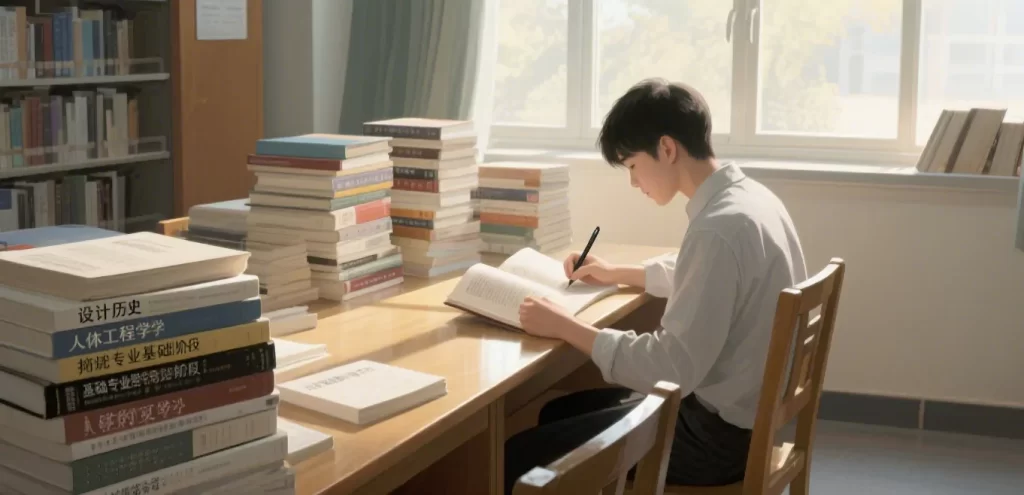
一、夯实专业基础:构建核心知识框架
吃透设计基础理论
设计史与设计思维:深入学习工业设计史(如包豪斯、北欧设计、日本极简主义等),理解设计风格演变与社会文化、技术发展的关联;掌握设计思维方法论(双钻模型、用户旅程图、痛点分析等),培养以用户为中心的设计逻辑。
基础学科交叉:扎实学习人体工程学(尺寸、动作舒适性)、材料学(塑料、金属、新型环保材料特性)、机械原理(基础结构设计),避免设计方案脱离实用性和生产可行性。
精通设计工具与技能
手绘与快速表达:坚持每日速写,练习产品透视、光影、材质表现,掌握马克笔、ProMarker 等工具,确保创意能通过草图快速可视化。
数字建模与渲染:熟练掌握工业设计主流软件:
建模类:Rhino(曲面建模)、SolidWorks(结构设计)、Blender(免费开源,适合复杂形态);
渲染类:Keyshot(快速写实渲染)、Blender Cycles(高精度渲染)、Enscape(场景化渲染);
2D 工具:Photoshop(效果图后期)、Illustrator(图标与平面设计)、Figma(用户界面初步设计)。
基础编程与参数化设计:学习 Python 基础语法、Grasshopper 参数化建模,适应模块化、定制化设计趋势。
二、强化实践能力:从课堂到真实项目
重视课程作业与校内项目
将每一次课程设计当作 “迷你项目” 对待,完整经历 “需求分析→概念生成→方案深化→原型制作→用户测试” 全流程,避免只做 “效果图设计师”。
尝试跨专业协作,与机械工程、材料科学、交互设计专业同学组队完成跨学科项目,提前适应行业团队协作模式。
主动参与竞赛与开源平台
国内外设计竞赛:红点(Red Dot)、iF、IDEA、全国大学生工业设计大赛等,从真实命题中锻炼创意落地能力,获奖经历可成为求职加分项。
开源设计社区:在 Behance、Dribbble、Pinterest 发布作品,关注 Pantone、Core77 等行业媒体,吸收前沿设计趋势(如可持续材料应用、模块化产品设计)。
积累原型制作与用户调研经验
手工与快速原型:掌握 3D 打印(FDM/SLA)、激光切割、CNC 加工等工艺,利用学校实验室制作实物模型,理解 “设计→打样→迭代” 的落地逻辑。
用户研究实战:主动策划小型调研项目(如大学生文具设计需求、老年人智能家居体验),学习问卷设计、焦点小组访谈、数据分析,避免设计脱离真实用户需求。
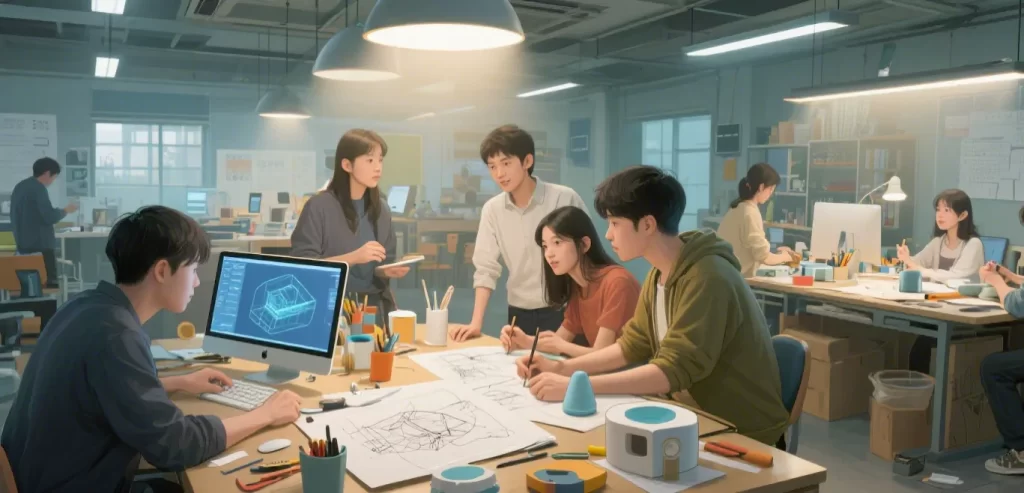
三、拓展设计视野:链接行业与前沿趋势
关注行业动态与技术革新
新技术应用:研究 AI 辅助设计(MidJourney 生成概念草图、Stable Diffusion 辅助创意)、AR/VR 在产品可视化中的应用、生物材料与 3D 打印结合的可持续设计。
可持续设计理念:学习循环经济(产品生命周期设计、可拆卸 / 可回收结构)、低碳材料(竹纤维、再生塑料),参与校内环保主题设计项目。
沉浸式体验行业生态
实习与企业参观:大二大三起争取知名设计公司(如 Gensler、青蛙设计)或企业研发部门(华为、小米、海尔)的实习,观察工业设计师在真实项目中的角色(如 CMF 设计、结构优化、跨部门沟通)。
设计展览与讲座:参加上海艺术设计展、北京国际设计周,聆听行业大咖分享(如深泽直人、Philippe Starck),吸收不同设计哲学(如 “无意识设计”“形式追随情感”)。
四、培养底层竞争力:软技能与长期主义
提升沟通与表达能力
方案汇报技巧:学习用 PPT/Keynote 清晰呈现设计逻辑(从痛点到解决方案的故事线),练习演讲台风,避免 “只懂画图、不会讲方案”。
跨语言能力:英语是接触国际设计资源的必备工具(阅读 Designboom、Core77 英文文章),有精力可学习日语(日本设计理念)或德语(精密工程设计思维)。
建立个人作品集与设计思维库
早期作品集规划:大一起建立电子作品集,分类整理课程作业、竞赛作品、自主设计项目,注重过程展示(草图、调研数据、迭代记录),而非仅放效果图。
灵感积累习惯:用 Eagle / 花瓣网分类收藏优秀设计案例(按产品类型、材质、配色、结构),定期复盘分析(如 “这款咖啡机的人机交互设计如何解决用户痛点”)。
保持跨领域好奇心
辅修或自学相关领域:根据兴趣拓展知识边界,如交互设计(用户体验 UX)、服务设计(系统级解决方案)、商业管理(理解设计如何创造商业价值)。
培养审美与生活观察力:从建筑(流线型设计)、服装(面料质感)、自然(仿生学形态)中汲取灵感,记录日常生活中的设计痛点(如 “共享单车的车筐积水问题如何优化”)。
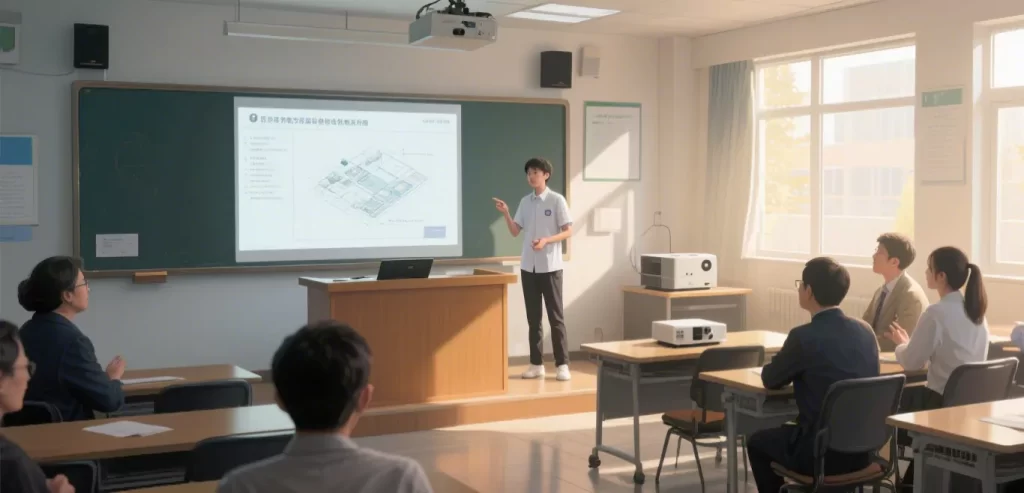
五、分阶段学习规划参考
| 年级 | 核心任务 | 重点行动 |
|---|---|---|
| 大一 | 打基础、找兴趣 | 掌握手绘 / PS/Sketch 基础,参与设计社团,完成首个完整课程设计(如文具 / 小家电)。 |
| 大二 | 技能精进、跨学科实践 | 精通 Rhino/Keyshot,组队参加校级竞赛,尝试用户调研与原型制作,建立作品集框架。 |
| 大三 | 行业链接、真实项目落地 | 实习 / 企业项目,参加国家级竞赛,主导完整设计项目(从调研到生产提案),优化作品集。 |
| 大四 | 毕业设计、职业准备 | 选择前沿课题(如适老化设计、可持续材料),针对性求职,积累面试作品与案例。 |
避免误区:不要沉迷软件技巧而忽视设计思维(“工具是手段,解决问题才是核心”);拒绝 “闭门造车”,多与同学、老师、行业人士交流方案。
长期心态:工业设计是 “慢学科”,从模仿到创新需要时间积累,保持对设计的热情与批判思维,关注 “小而美” 的细节优化(如一个按钮的触感、产品的包装体验)。
Guide to Completing Industrial Design Studies in School
NINEIDEA: Industrial design students need to balance the multidimensional development of theoretical foundations, practical skills, innovative thinking, and industry cognition during their studies. The following are phased and modular learning suggestions to help build a systematic ability system:
1、 Strengthening professional foundation: building a core knowledge framework
Understand the basic theory of design thoroughly
Design History and Design Thinking: Deeply study the history of industrial design (such as Bauhaus, Nordic design, Japanese minimalism, etc.), understand the relationship between the evolution of design styles and social, cultural, and technological development; Master the methodology of design thinking (dual diamond model, user journey diagram, pain point analysis, etc.), and cultivate a user centered design logic.
Interdisciplinary foundation: Solid study of ergonomics (dimensions, motion comfort), materials science (characteristics of plastics, metals, and new environmentally friendly materials), and mechanical principles (basic structural design) to avoid design solutions being disconnected from practicality and production feasibility.
Proficient in design tools and skills
Hand drawing and quick expression: Persist in daily sketching, practice product perspective, light and shadow, material expression, master tools such as markers and ProMarker, and ensure that creativity can be quickly visualized through sketches.
Digital modeling and rendering: proficient in mainstream industrial design software:
Modeling categories: Rhino (surface modeling), SolidWorks (structural design), Blender (free and open source, suitable for complex shapes);
Rendering classes: Keyshot (fast realistic rendering), Blender Cycles (high-precision rendering), Enscape (scene rendering);
2D tools: Photoshop (post rendering), Illustrator (icon and graphic design), Figma (preliminary user interface design).
Basic programming and parametric design: Learn Python basic syntax, Grasshopper parametric modeling, and adapt to modular and customized design trends.
2、 Strengthening practical skills: from classroom to real projects
Pay attention to course assignments and on campus projects
Treat each course design as a “mini project” and go through the entire process of “requirement analysis → concept generation → solution refinement → prototype production → user testing” to avoid being just a “rendering designer”.
Attempt interdisciplinary collaboration, team up with students majoring in mechanical engineering, materials science, and interaction design to complete interdisciplinary projects, and adapt to industry team collaboration models in advance.
Actively participate in competitions and open source platforms
Domestic and international design competitions: Red Dot, iF, IDEA, National College Student Industrial Design Competition, etc., exercise creative implementation ability from real propositions, and winning experiences can become bonus points for job hunting.
Open source design community: Publish works on Behance, Dribbble, Pinterest, follow industry media such as Pantone and Core77, and absorb cutting-edge design trends (such as sustainable material applications and modular product design).
Accumulate experience in prototype production and user research
Handmade and rapid prototyping: Master 3D printing (FDM/SLA), laser cutting, CNC machining and other processes, use school laboratories to create physical models, and understand the implementation logic of “design → sampling → iteration”.
Practical User Research: Proactively plan small-scale research projects (such as college students’ stationery design needs, elderly people’s smart home experience), learn questionnaire design, focus group interviews, data analysis, to avoid designs that deviate from real user needs.
3、 Expanding Design Perspective: Linking Industry and Frontier Trends
Pay attention to industry trends and technological innovations
New technology applications: Research on AI assisted design (MidJourney generates concept sketches, Stable Diffusion assists creativity), the application of AR/VR in product visualization, and sustainable design combining biomaterials and 3D printing.
Sustainable design concept: Learn about circular economy (product lifecycle design, detachable/recyclable structures), low-carbon materials (bamboo fiber, recycled plastics), and participate in campus environmental theme design projects.
Immersive Experience Industry Ecology
Internship and corporate visits: Starting from sophomore and junior year, strive for internships with well-known design companies (such as Gensler, Frog Design) or corporate R&D departments (Huawei, Xiaomi, Haier) to observe the role of industrial designers in real projects (such as CMF design, structural optimization, cross departmental communication).
Design exhibitions and lectures: Participate in Shanghai Art and Design Exhibition and Beijing International Design Week, listen to industry experts’ sharing (such as Naoto Fukasawa and Philippe Starck), and absorb different design philosophies (such as “unconscious design” and “form follows emotion”).
4、 Cultivating Bottom Level Competitiveness: Soft Skills and Longtermism
Enhance communication and expression skills
Solution reporting skills: Learn to use PPT/Keynote to clearly present design logic (from pain points to solution storylines), practice public speaking, and avoid “only knowing how to draw and not being able to explain solutions”.
Cross language proficiency: English is an essential tool for accessing international design resources (read articles in Design boom and Core77), and with the energy, one can learn Japanese (Japanese design concepts) or German (precision engineering design thinking).
Establish a personal portfolio and design thinking library
Early portfolio planning: Together, we will establish an electronic portfolio, categorize and organize course assignments, competition works, and self-designed projects, focusing on process display (sketches, research data, iteration records) rather than just rendering.
Inspiration accumulation habit: Use Eagle/Petal Net to classify and collect excellent design cases (by product type, material, color matching, structure), and regularly review and analyze them (such as “How does the human-computer interaction design of this coffee machine solve user pain points”).
Maintain cross disciplinary curiosity
Minor or self-study related fields: Expand knowledge boundaries based on interests, such as interaction design (user experience UX), service design (system level solutions), and business management (understanding how design creates business value).
Cultivate aesthetic and life observation skills: draw inspiration from architecture (streamlined design), clothing (fabric texture), and nature (biomimetic form), and record design pain points in daily life (such as “How to optimize the problem of water accumulation in shared bicycle baskets”).
5、 Reference for phased learning plan
| Grade | Core tasks | Key actions |
|---|---|---|
| Freshman | Lay a foundation and find interest | Master the basics of hand drawing/PS/Sketch, participate in design clubs, and complete the first complete course design (such as stationery/small appliances). |
| Sophomore | Skill improvement and interdisciplinary practice | Proficient in Rhino/Keyshot, team up to participate in school level competitions, attempt user research and prototype production, and establish a portfolio framework. |
| Junior year | Industry links, real project implementation | Internship/corporate project, participate in national level competitions, lead complete design projects (from research to production proposals), optimize portfolio. |
| Senior Four | Graduation project, career preparation | Choose cutting-edge topics such as aging friendly design and sustainable materials, apply for targeted jobs, and accumulate interview works and cases. |
Avoiding misconceptions: Do not indulge in software skills and ignore design thinking (“tools are means, problem-solving is the core”); Refuse to work behind closed doors and communicate more plans with classmates, teachers, and industry professionals.
Long term mentality: Industrial design is a “slow discipline” that requires time accumulation from imitation to innovation. Maintain enthusiasm and critical thinking for design, and focus on optimizing “small yet beautiful” details (such as the touch of a button and the packaging experience of a product).










